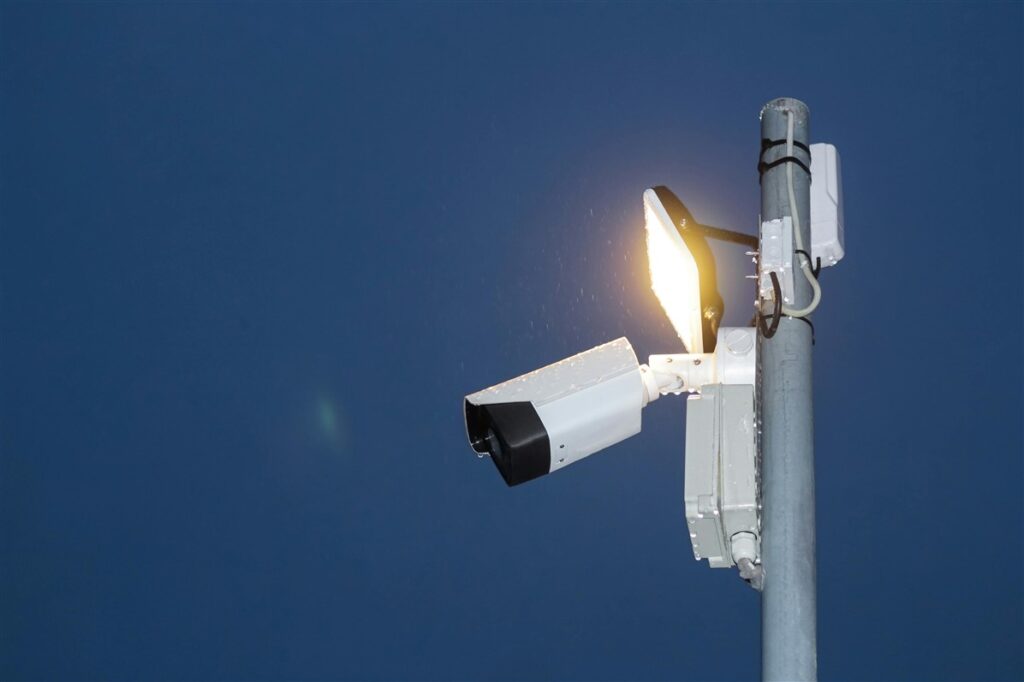10 signs that indicate you should be getting your wiring checked
When is the right time to get your factory wiring checked? What warning signs should you be on the lookout for?
No manufacturer wants to disrupt production unless it’s absolutely vital. But equally, it’s not sensible to ignore warning signs and risk a minor issue turning into a major problem.
1. Frequent electrical surges
If your factory experiences frequent power surges or fluctuations, it could indicate underlying wiring issues. When wiring is damaged or exposed, it offers little electrical resistance, meaning any conductive material can spike the wire’s current.
Frequent electrical surges could also be caused by overloaded circuits – either way, you need to investigate and rectify the problem. Electrical surges can damage your equipment and reduce its lifespan.
2. Circuit breaker trips
Repeated tripping of circuit breakers could be due to a faulty appliance or machinery, or it could be caused by the wiring itself. If a circuit is overloaded, the wiring will heat up, causing the circuit breaker to trip.
A short circuit in the wiring could also be causing repeated tripping. A short circuit can occur for various reasons and could be dangerous. If you suspect a short circuit, cut power to that circuit and call your electrical contractor.
3. Burning odours or smoky residue
Unusual burning odours or smoky residues near outlets or electrical panels can indicate that something is overheating. If it’s your wiring, this could lead to circuit damage, electrical fires, and equipment failure.
If you notice odours or discolouration near a single outlet, cut power to that outlet and do not use it. If you notice burning smells near a fuse box or electrical distribution panel, call an electrician immediately.

4. Hot switches or outlets
Switches or outlets that feel unusually hot to the touch could indicate overloading or faulty wiring. Even if the equipment drawing power from that outlet is supposed to produce heat, the outlet itself should not heat up.
If an outlet is hot to the touch, unplug any equipment – you may be overloading the socket. If an outlet heats up even when nothing is plugged in, this usually indicates a wiring issue.
5. Buzzing, crackling or sparking
Audible buzzing, crackling, or sizzling sounds coming from outlets or panels could indicate loose or damaged wiring. Identify whether the noise is coming from the equipment or the outlet.
Electrical sparking can occur for several reasons, including faulty equipment, overloaded circuits, or damaged insulation on your wiring. If you see sparks, try and identify the cause. If you suspect faulty wiring, switch off power to that area to reduce the risk of electrical shock or fire.
6. Flickering lights
Apart from being extremely annoying, flickering lights can also be dangerous. In a factory environment, adequate lighting is crucial. If your lights are not working correctly, it can lead to accident or injury.
Lights that are consistently flickering or dimming could indicate loose connections, inadequate wiring, or potential hazards.
7. Damaged wiring insulation
Exposed wires, frayed cables, or deteriorating insulation indicate wiring problems that should be addressed. Unfortunately, spotting these issues is not always easy as so much wiring is hidden in walls.
However, if you do spot any damaged insulation or have experienced any other signs that your wiring might be faulty, it’s time to bring in the experts.

8. Diminished equipment performance
If your machinery or equipment experiences reduced performance, it could be linked to an inadequate power supply caused by faulty wiring.
Not only will this cause an issue with production and quality, but it can also mean higher maintenance and energy costs. If equipment is inefficient, it consumes more energy, and components can wear down much faster, meaning they need replacing sooner.
9. Frequent equipment failures
Every piece of electrical equipment has an optimal voltage level. When optimal voltage is achieved, it will operate efficiently. When machinery is constantly subjected to power surges, spikes, and sags, or is being run at voltage levels that are too high or too low, it will malfunction more frequently.
Frequent breakdowns or faults of factory equipment could indicate inconsistent power delivery due to wiring issues.
10. Outdated wiring systems
Most manufacturers are required to undergo fixed wire testing at least every five years to ensure their EICR (Electrical Installation Condition Report) is up to date. Maintaining an up-to-date EICR ensures you comply with the Health & Safety at Work Act (1974) and the Electricity at Work Regulations (1989).
If your wiring is no longer compliant and doesn’t meet current safety standards, it’s time for an upgrade.
Work with AES
If something goes wrong with the power in your factory, you’ll want an electrical contractor you can trust to get you back up and running quickly and safely.
AES offers all the electrical contracting services you would expect, coupled with specialist services specifically for manufacturing businesses.
We can test, inspect and rectify faulty wiring, install and maintain electrical equipment and lighting, and perform routine maintenance and repairs. We are also CompEx accredited, allowing us to work in hazardous areas.
We can scale our services to meet the needs of your business, from ongoing planned maintenance and fault repair to machinery installation and factory relocation.
And we provide expert advice and recommendations on energy reduction, control and automation, and safety compliance.
Contact our friendly team to discuss your electrical requirements.

Our guide to building energy management systems
Building energy management systems (BEMS) are systems that allow you to monitor, control, and optimise the energy used within your building. The phrase building energy management system (BEMS) is often used interchangeably with the phrase building management system (BMS), but there are some differences. A BEMS is focused on energy-related systems such as lighting, heating, […]
Read more
How far does power travel and what impact does distance have on performance
It’s easy to take our electricity supply for granted. We flick a switch and instantly have light or power. We don’t even think about it unless there’s an issue or an outage. But when there is an issue or outage, the impact can be significant. For manufacturers, even the smallest change in power can make […]
Read more
Why visibility of the production process is so important
Operational excellence, efficiency and quality are top priorities for almost every manufacturer worldwide. These things lead to improved productivity, happier customers and reduced waste – all of which result in increased profits. Visibility of the production process is the key to achieving these things. And manufacturers now have access to technology that can provide real-time […]
Read more
Will security lighting help to protect my staff?
Looking after the safety and well-being of employees should be a priority for any business. And while it’s not possible to mitigate every risk, there are measures you can take to improve their safety and security. One measure that is often overlooked is the installation of security lighting. When daylight disappears, visibility is reduced, increasing […]
Read more
Top 5 considerations when comparing electrical quotes
Budget is always a factor when you’re considering any type of upgrade, revamp, or maintenance work within your factory. But when it comes to electrical work, you have to consider more than just money. Don’t rush into accepting the cheapest electrical quotes without knowing exactly what you’re getting. Electrical work is not an area where […]
Read more
What is the role of companies in reducing our carbon footprint?
We should all be taking responsibility for protecting our planet and a big part of that is reducing our carbon footprint. But while it falls to all of us to do our bit, there is additional pressure on manufacturers, especially those with high carbon emissions. As an absolute minimum, these companies should ensure compliance with […]
Read more

